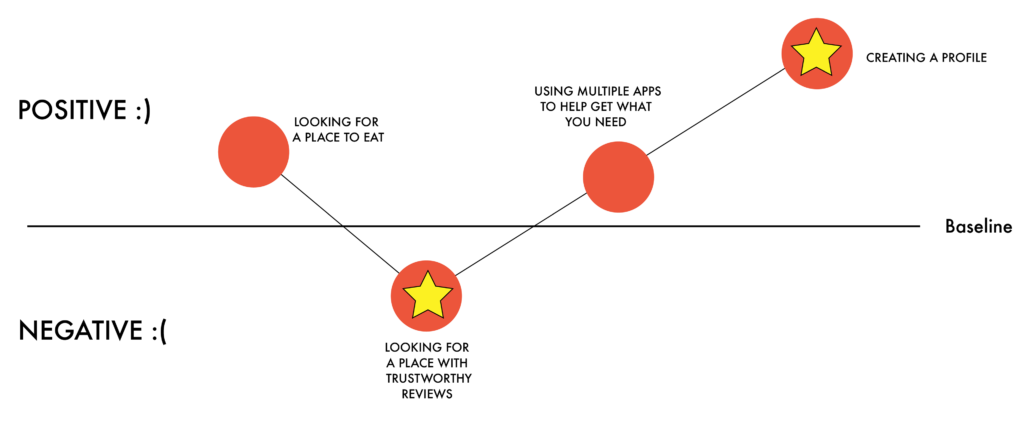Through rounds of testing our mid-fidelity wireframe and redesigning through ideations we ended up with great results for the final prototype. We conduced10 usability tests in total, followed by short follow up interviews to better understand our users thoughts on the product.








